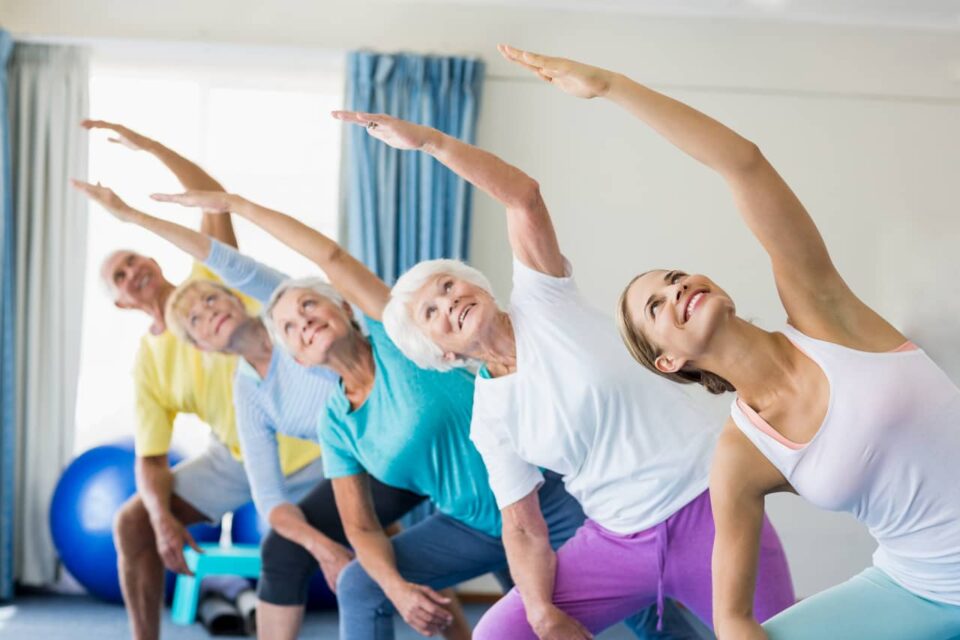The trend of yoga has been swaying masses in east, i.e., its place of origin, as well as west. There are countless initiatives to acquaint people with the deemed benefits of regular yoga practice.
Invariably, at every next nook of the street, you can easily spot some yoga training institutions and people marching over there. Youth, children, or adults are quite familiar to the view, while senior adults are less seen.
Often the pain which usually strikes them becomes an excuse instead of motivation to spread the mat and do some physical activity.
Yoga is a branch of stretching and strengthening exercises deliberated in ancient Indian scriptures.
Its good nature provides flexibility to mould the manoeuvres according to one’s ability and comfort.
It therefore renders an opportunity to be embraced by elderly too and endow its gains on them.
Furthermore, unlike heavy training exercises such as weightlifting that may dislocate or pressurize their frail bone joints, yoga ensures safe practice.
Hence, our oldies can freely implement yoga in their daily schedule, without tapping themselves with thoughts of wounding or fracturing themselves.
And so, they can secure the benefits of yoga to improve their health, clear their mind, and enhance their metabolism.
But before you start doing, there are some crucial pointers to consider:
Asses your current health status
You need to be properly aware of your physical condition, since some yoga poses can exacerbate your issue.
For instance, those suffering from glaucoma should abstain from practising head-down gestures. This is because it can exert pressure n their eyes seriously.
Hence, it is prudent to consult an expert or your doctor before heading to yoga and avoid even simple poses without professional advice.
Prefer a certified doctor
Aged population is critical regarding health problems and stress they confront.
Therefore, it is necessary to select a trainer who is aware of the difficulties faced by them and best solutions to counter those health issues through yoga.
Fascinatingly, administration too seems to address this issue by instituting specially trained heath experts and trainers for elderly.
After you have chosen a potential teacher to help you, informing him/ her about your medical conditions such as arthritis, balance issues, backache, hypertension, etc., should be the first step.
Be patient to start
Yoga is meant to relieve the body and its glitches caused due to terrible lifestyle. So, practice it in a way that it does not hurt you.
Start slowly and patiently with the beginner poses and avoid rush to attempt newer gestures.
Make sure that you give your body some rest after every pose, else it could cause weakness and fatigue, making you squint at your yoga mat the next morning.
Always try to keep a comfortable pace and compete with yourself than others.
While stretching or strengthening, ascertain that you do not make excess of it. Almost each yoga exercise can be attuned to meet the individual ability and adjust according to one’s limits of health.
Ask your trainer clearly to assist you with the proper version of yoga pose, even if you need to use props, chairs, blocks, or walls
Also read: How to nourish your brain with healthy food
Basic yoga poses for seniors
Basic yoga does not imply easy poses, rather it is curated to challenge your body and mind in a stepwise manner.
It is preferred to learn from an expert rather than becoming your doctor. And remember, while doing these exercises, do not struggle past your limits and capability.
Here are some basic yoga poses to practice for older people:
Things to remember:
Continue the posture practice until you feel comfortable. Do not overdo or overstretch your body, rather give it the needed time.
If you experience any strain in the back, quit and rest for a while.
Requirements for Yoga:
- A yoga mat
- And breathable and comfortable clothing
Cat-cow pose
This asana involves stretching and bending, which helps to improve mobility of pelvis and spinal region.
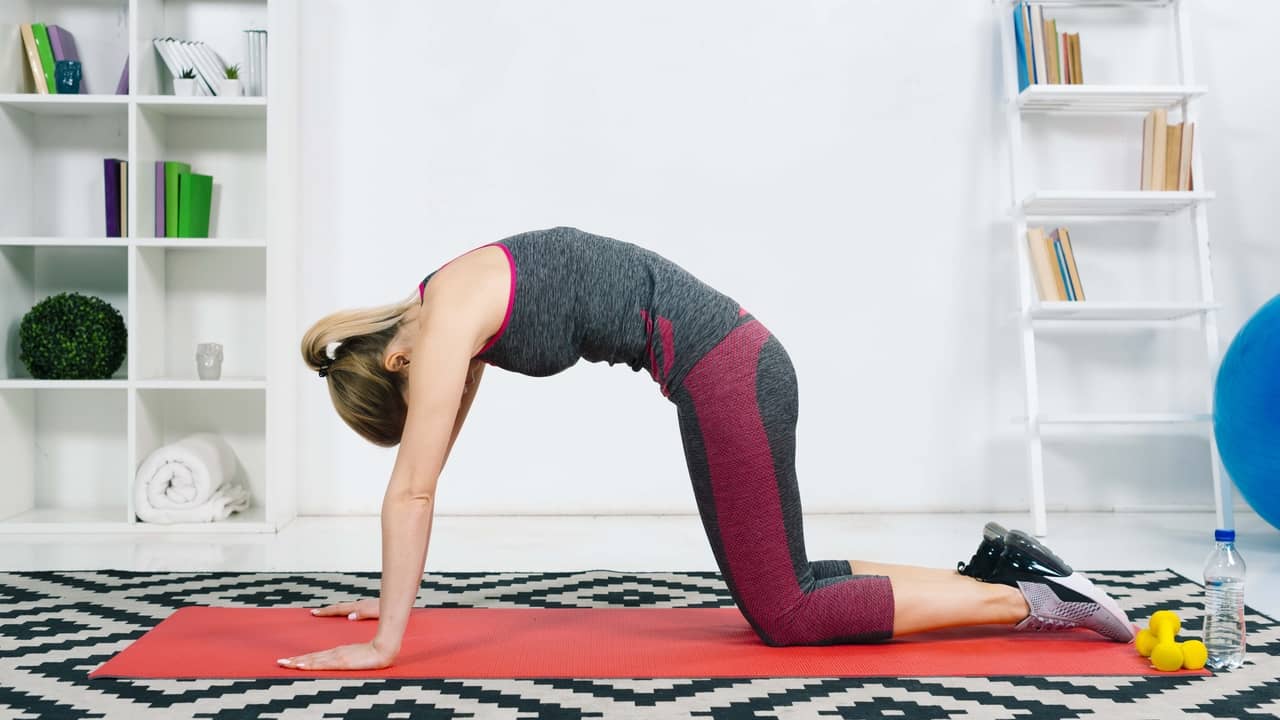
It elongates the anterior muscles from throat to core muscles, as well as the posterior muscles running from neck down to the tail bone region.
How to perform Cat-Cow pose:
- Come into a tabletop position with the palm of your hands resting shoulder width apart.
- There should be no pressure on your fingers while distance between your knees should be about your hip-width.
- Keep your arms and knee at the distance of your trunk length. Do not stretch too forward or inside.
- Now while inhaling, lift your chin up first followed by your chest. This constitutes cow pose.
- Then, gradually bring down the chin and face slowly while raise your lower back, simultaneously. This constitutes cat pose.
- Implement around 5-7 replications.
Mountain pose
While stretching and standing straight enables posture correction, further it helps to strengthen thighs, knees, and ankles.
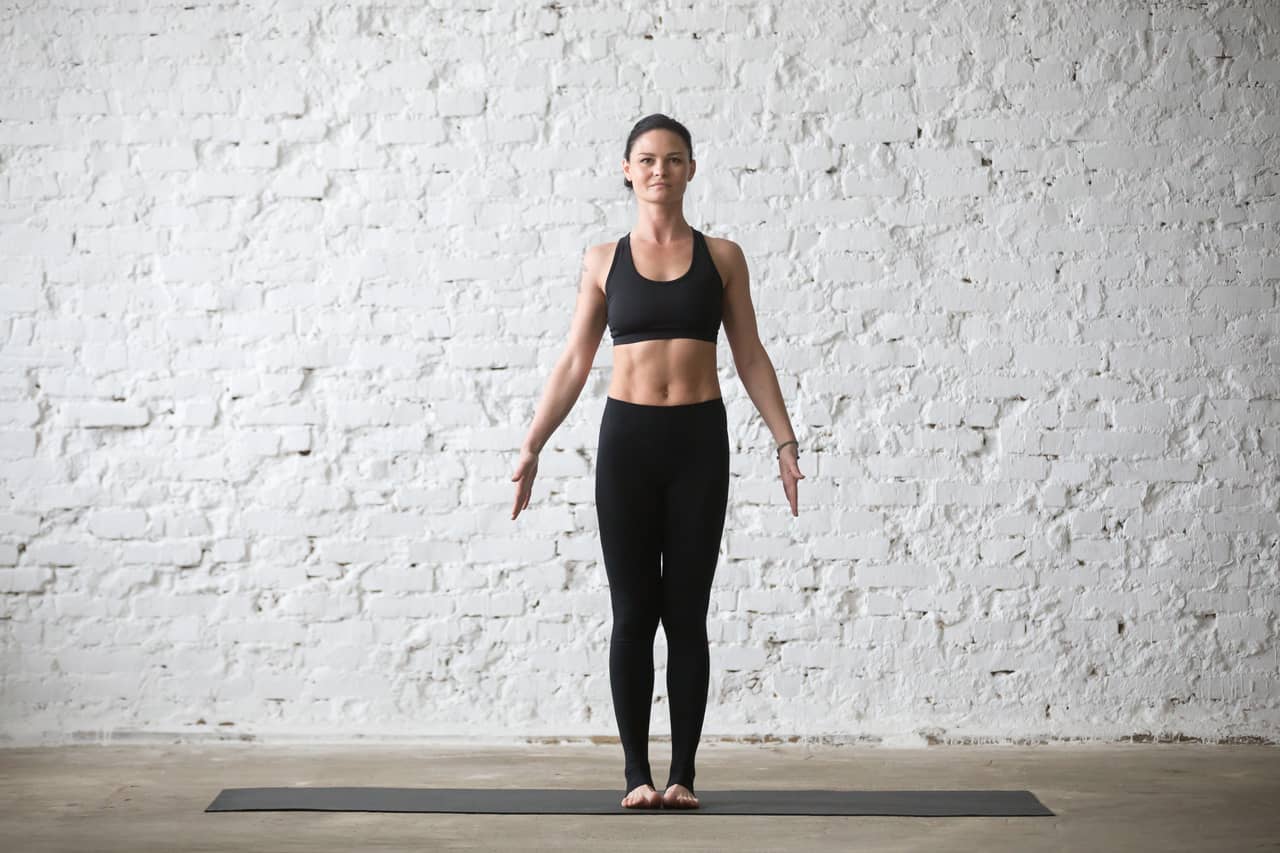
Mountain pose is also called as Tadasana, which also helps bolster abdomen sinews and buttock muscles as well.
How to perform Mountain Pose:
- Stand tall with your hands by your sides while keep your legs slightly apart.
- Lengthen your spine and straighten your shoulders.
- Now tilt your head and stretch your arms upwards. Simultaneously, lift the heels and put your body weight on the toes.
- Retain the pose for 5-10 breaths.
- Finally, exhale and retreat to the original pose.
Tree pose
As a person becomes older, he/ she starts to lose balance, and thus tree pose or Vrikshasana comes in, which results in frequent injuries and falls.
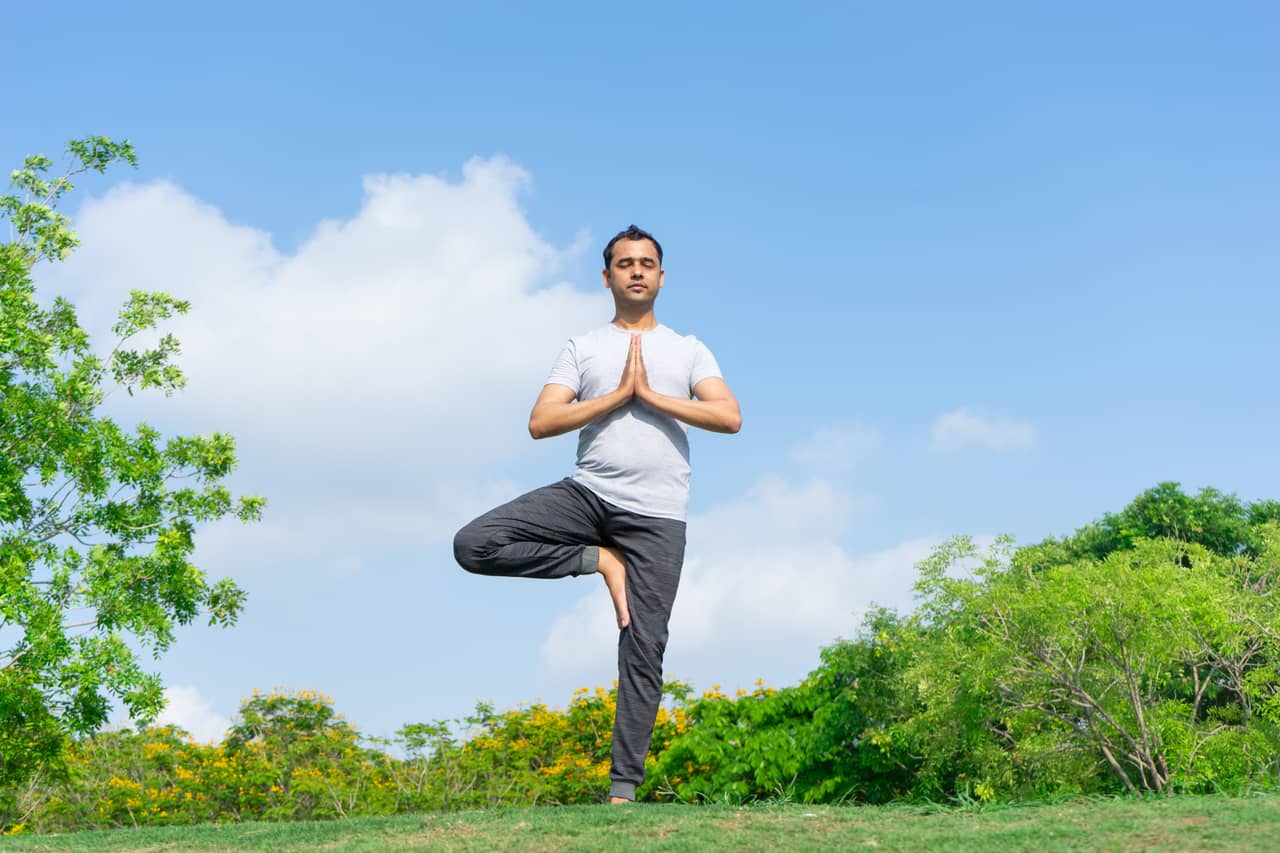
It helps to enhance balance as well as strengthens our legs, abdomen and glutes.
How to perform Tree Pose:
- To do this yoga pose, stand firm and tall on your mat. Keep your focus on a single spot to maintain balance.
- Now bring your left leg up so that your right foot sets against the left thigh.
- While your hands should remain in Namaskara position. Inhale along.
- Now bring your hands and foot down while breathing out.
- Do the same with your right foot. Repeat the asana 5-7 times.
Child’s pose
This pose is deemed to be effective as it calms the mind, alleviates the gut issues and lengthens and strengthens the lower back.
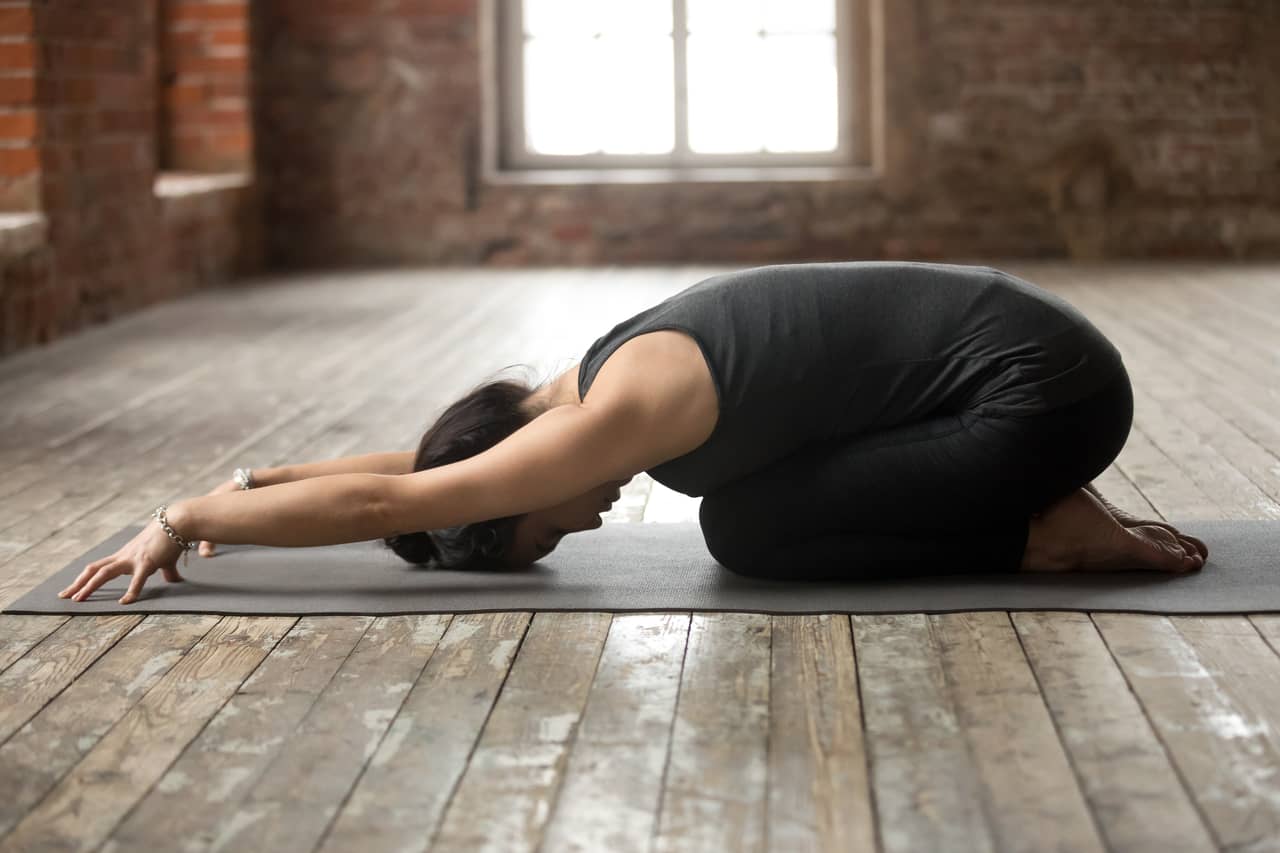
It is also therapeutic as it removes fatigue.
How to perform Child Pose:
- Squat on your heels, keep the back straight and erect, while your hands should be resting on your knees.
- Make sure you stretch the spine to its full length, however do not overdo.
- Now exhale and bend forward to lower your head towards the floor. Keep your heels together awhile.
- Let your arms rest beside your body and your arms facing up.
- Hold the gesture for a minute or so, while you inhale.
- Thereafter, come back to the initial position, slowly breathing out.
Bottom line
So far, we discussed yoga and its scope for the elderly generation.
There are ample, flexible yoga postures that can be performed by them to earn health benefits of yoga and get relieved of usual pains of old age.
The gains of yoga are not limited to physical aspects only, rather it is also quite supportive for mental health as well.
Further reading:


